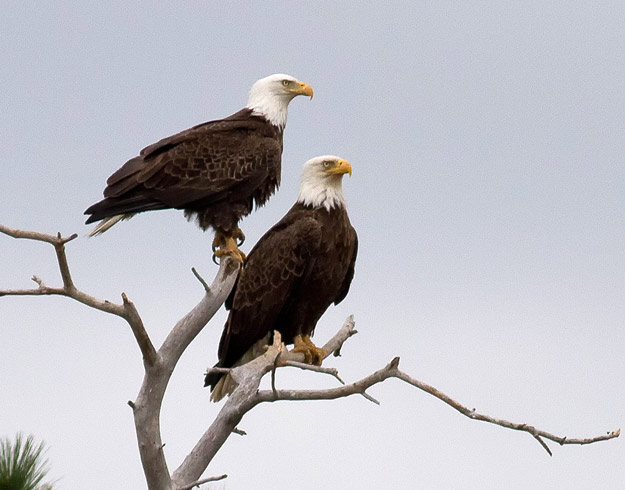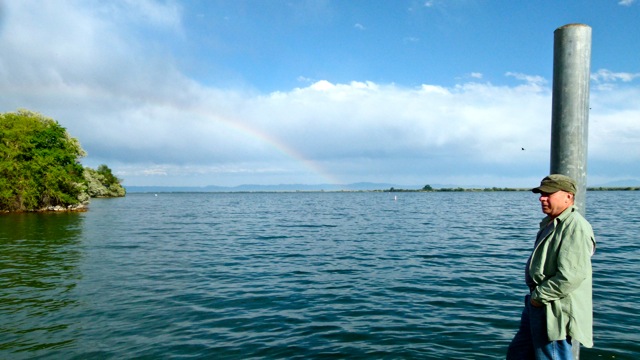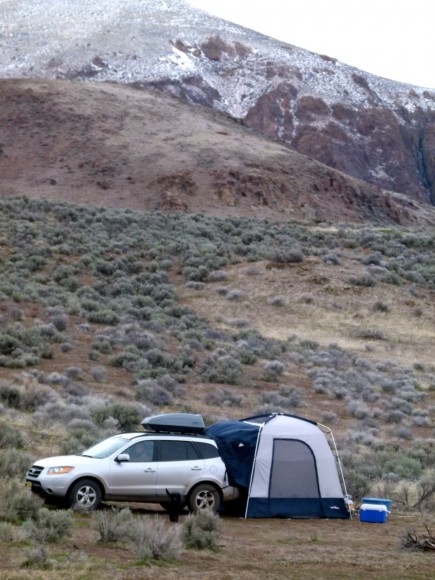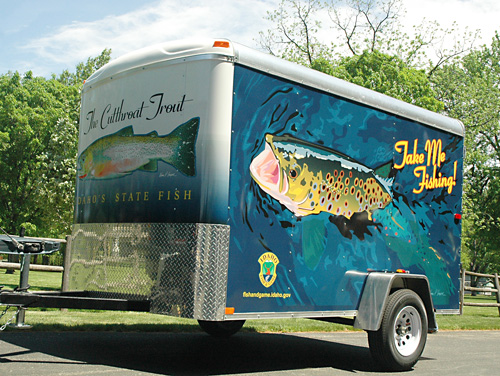Bald eagle watching is an awesome winter activity for RVing families across much of North America. These magnificent birds mate for life and build their nests in tall trees near rivers, bays and wetland areas.
The National Wildlife Refuge System, within the U.S. Fish and Wildlife Service, manages a national network of lands and waters set aside to conserve America’s fish, wildlife and plants. Many of the refuges are year-round and winter homes to these imposing migrating raptors.
Blackwater National Wildlife Refuge – Maryland
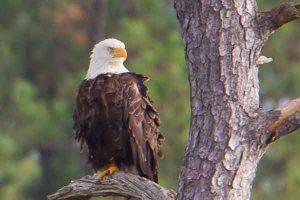
“The Chesapeake Bay area has a permanent bald eagle population year-round, but during the winter the region also hosts transient bald eagles from all along the Atlantic coast.”
Blackwater National Wildlife Refuge, aka the “Everglades of the North,” accommodates “an incredible amount of plant and animal diversity in its three major habitats – forest, marsh and shallow water. It hosts the largest concentration of breeding bald eagles on the East Coast, north of Florida.”
Bald eagle watching catches raptors soaring and hunting over the marsh or resting near their nests in tall loblolly pine trees along the 3.6-mile Wildlife Drive.
If you go: Visitor Center Hours: 10 a.m. – 2 p.m., Friday through Monday.
Wildlife Drive and Refuge Trails: Open daily sunrise to sunset. A permit/cost is required for all visitors unless they have an annual or lifetime pass. Click here for details. Call (410) 228-2677 with questions.
Due to COVID-19, check the refuge status on the Alert Page before visiting. Also, you can always check in on Blackwater’s live Eagle Cams by clicking here.
Crab Orchard National Wildlife Refuge – Illinois
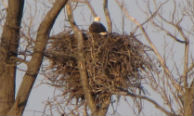
“The winter is a good time for spotting bald eagles on the refuge. The colder and snowier the weather, the better your chance for spotting eagles.
“Resident eagles will be strengthening their pair bond while working on their nests. Look in large sturdy trees near the water, especially around Crab Orchard Lake. Migratory birds will come to the refuge when conditions further north include temps cold enough to freeze over lakes and ponds and snow deep enough to force geese to migrate. Look for migratory birds out on the ice or perched along the shores of Crab Orchard Lake especially from the Wolf Creek Causeway or along Route 148.” —Crab Orchard NWR
If you go: Crab Orchard National Wildlife Refuge, 8588 Route 148, Marion, IL 62959, phone: (618) 997-3344. Daily from 7:30 a.m. to 4:00 p.m. One day pass is $2 for a vehicle and watercraft. America the Beautiful pass holders: free.
Lower Klamath National Wildlife Refuge – California, Oregon
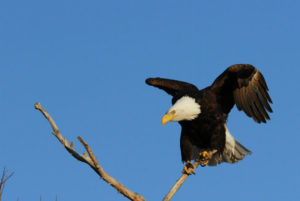
“Just as sure as the leaves fall and ice begins to coat basin wetlands, they will arrive. Each year during the month of November, bald eagles begin to appear en masse on their Klamath Basin wintering grounds.”
More than 500 bald eagles migrate from their home in Alaska, Northwest Territories in Canada and Glacier National Park to feeding areas within Southern Oregon and Northern California.
“… These birds quickly settle into a daily routine of waterfowl scavenging throughout the Basin’s marshes by day and locating sheltered roosts at night. The best viewing occurs during January and February when numbers may peak. During this time, an observant visitor should be able to easily spot dozens of these majestic raptors along the Tule Lake and Lower Klamath auto tours. It is not uncommon to see over 50 eagles from one spot.” —Lower Klamath NWR
If you go: Lower Klamath National Wildlife Refuge is open daily, 9 a.m. – 4 p.m. Call the Visitor Center for more information at (530) 667-2231.
Although most National Wildlife Refuge and hatchery lands have remained open for the public during the Coronavirus pandemic, the U.S. Fish and Wildlife Service encourages visitors to follow current CDC safe practices and, most importantly, stay home if you feel sick.
(This updated article first appeared in RVTravel.com in November 2020.)
— Julianne G. Crane

